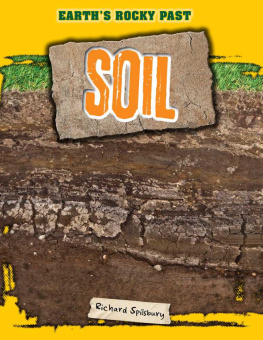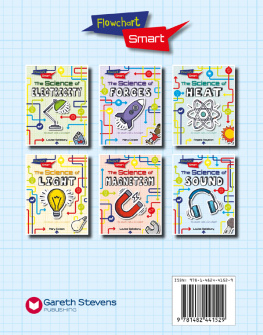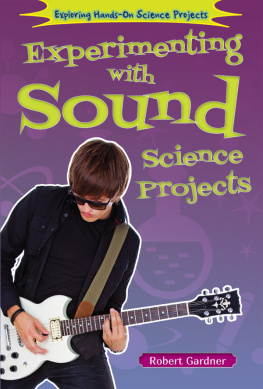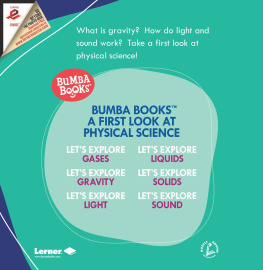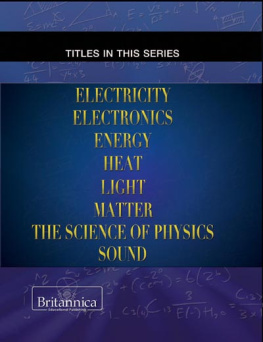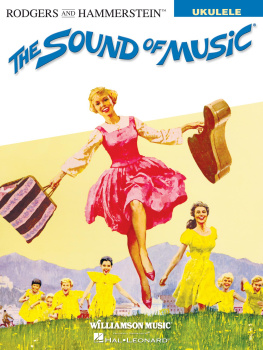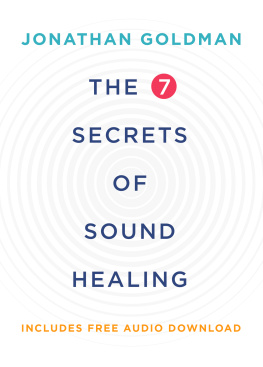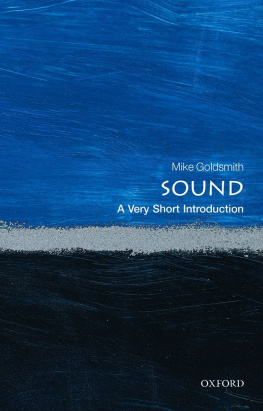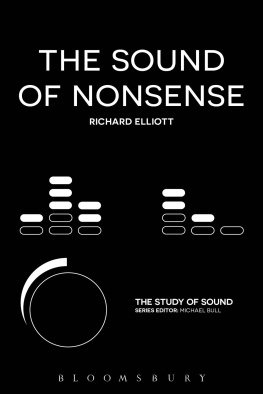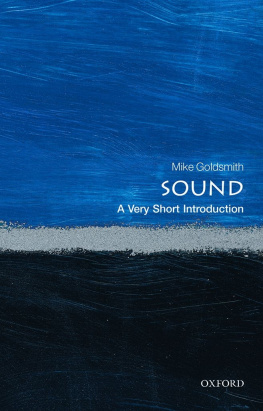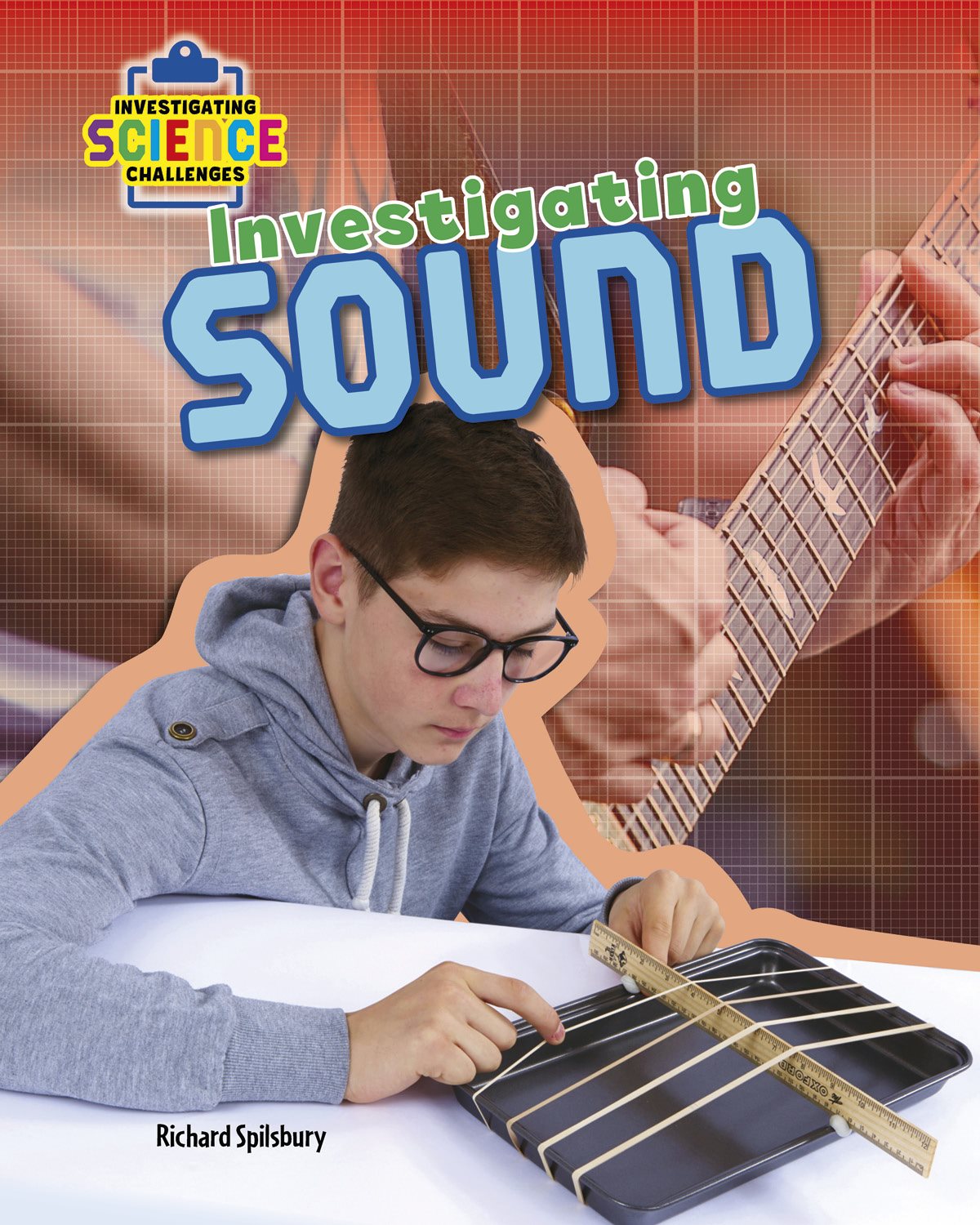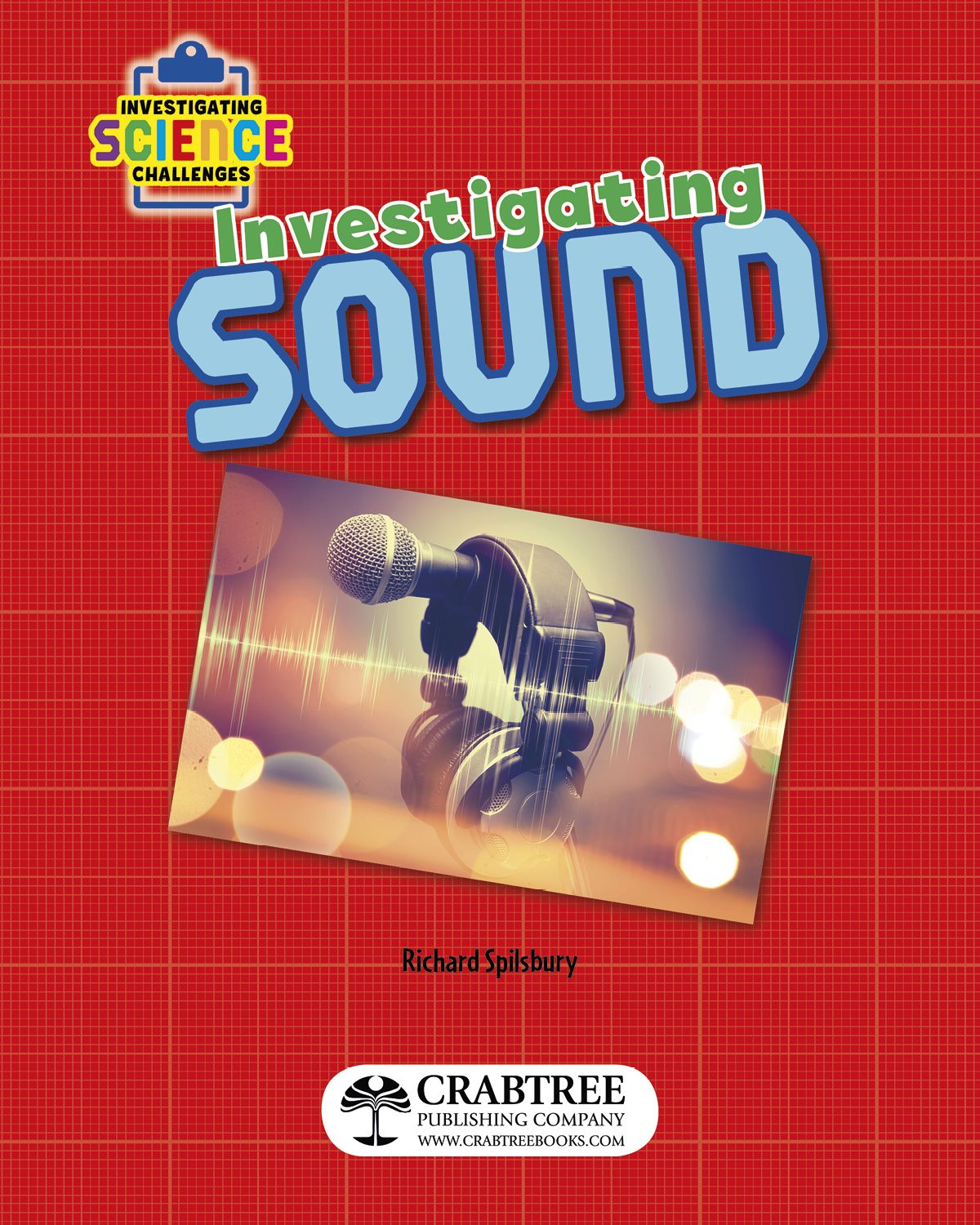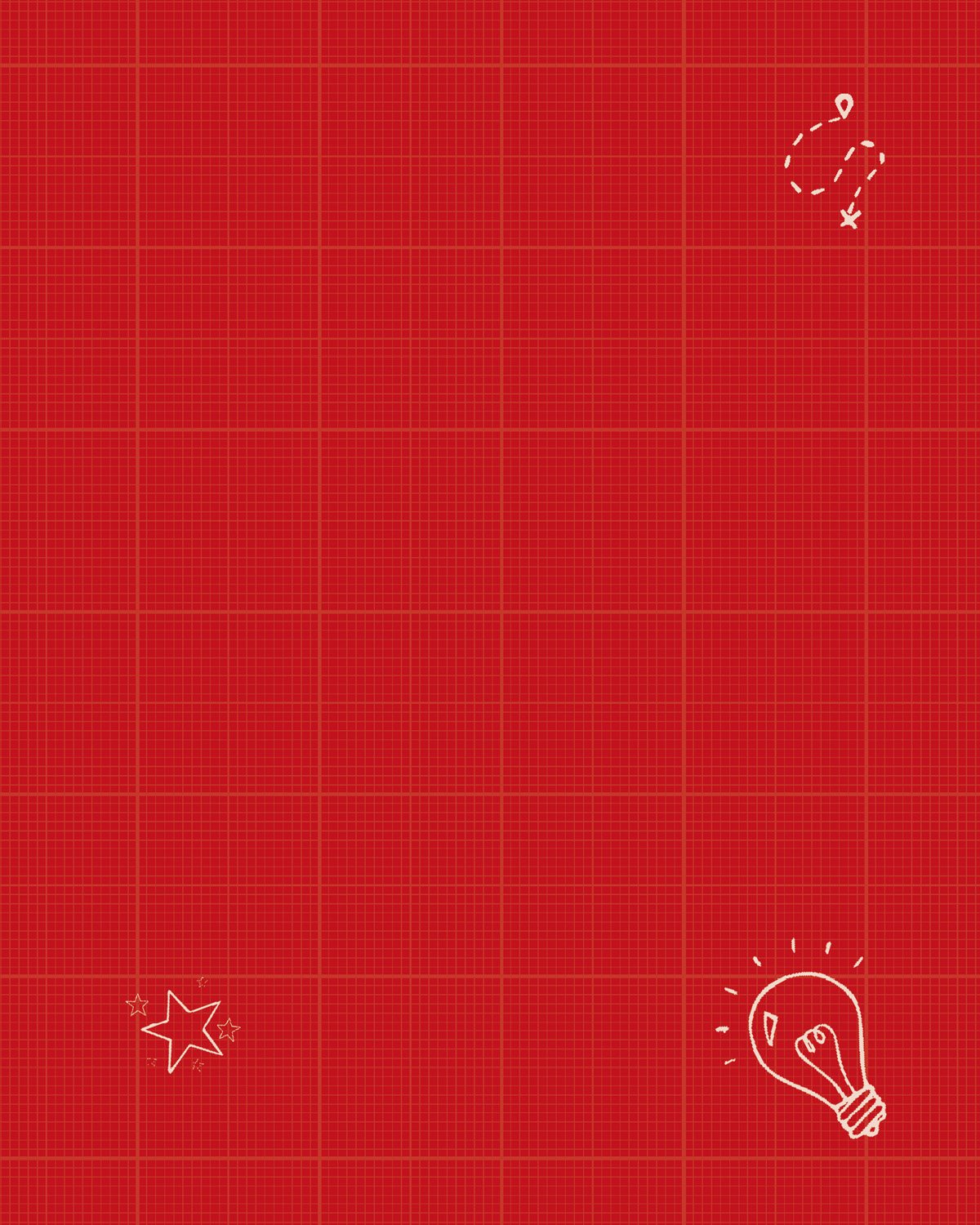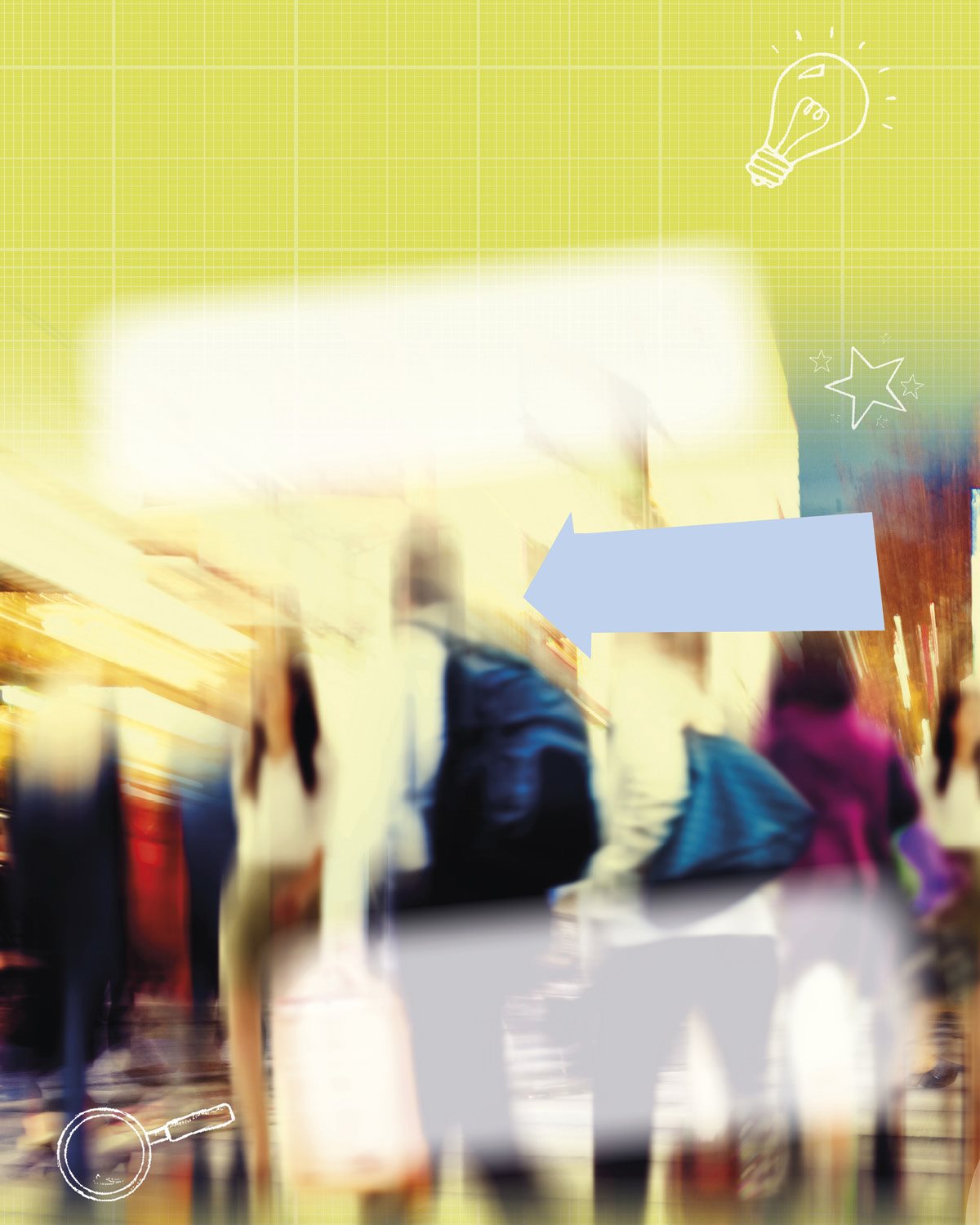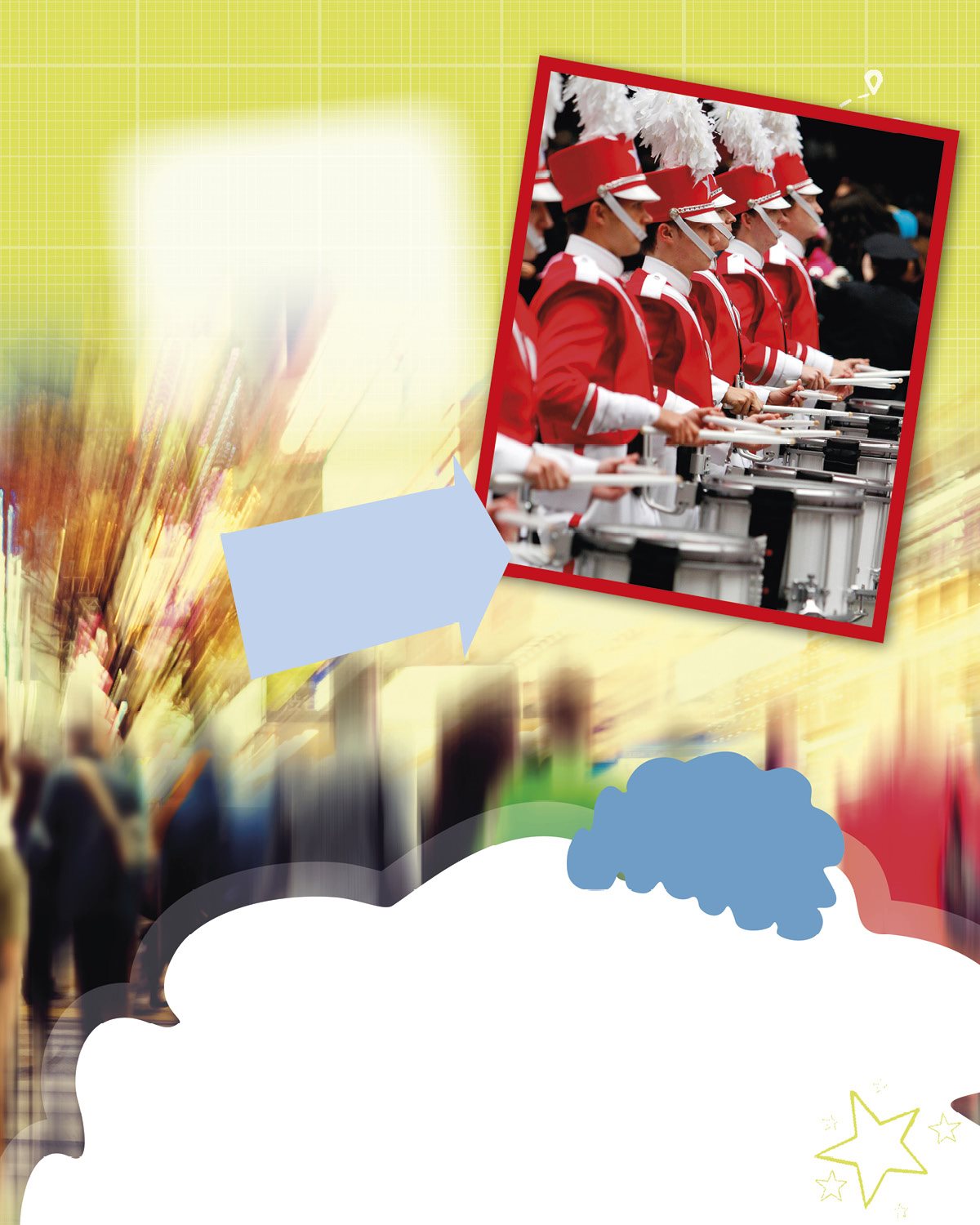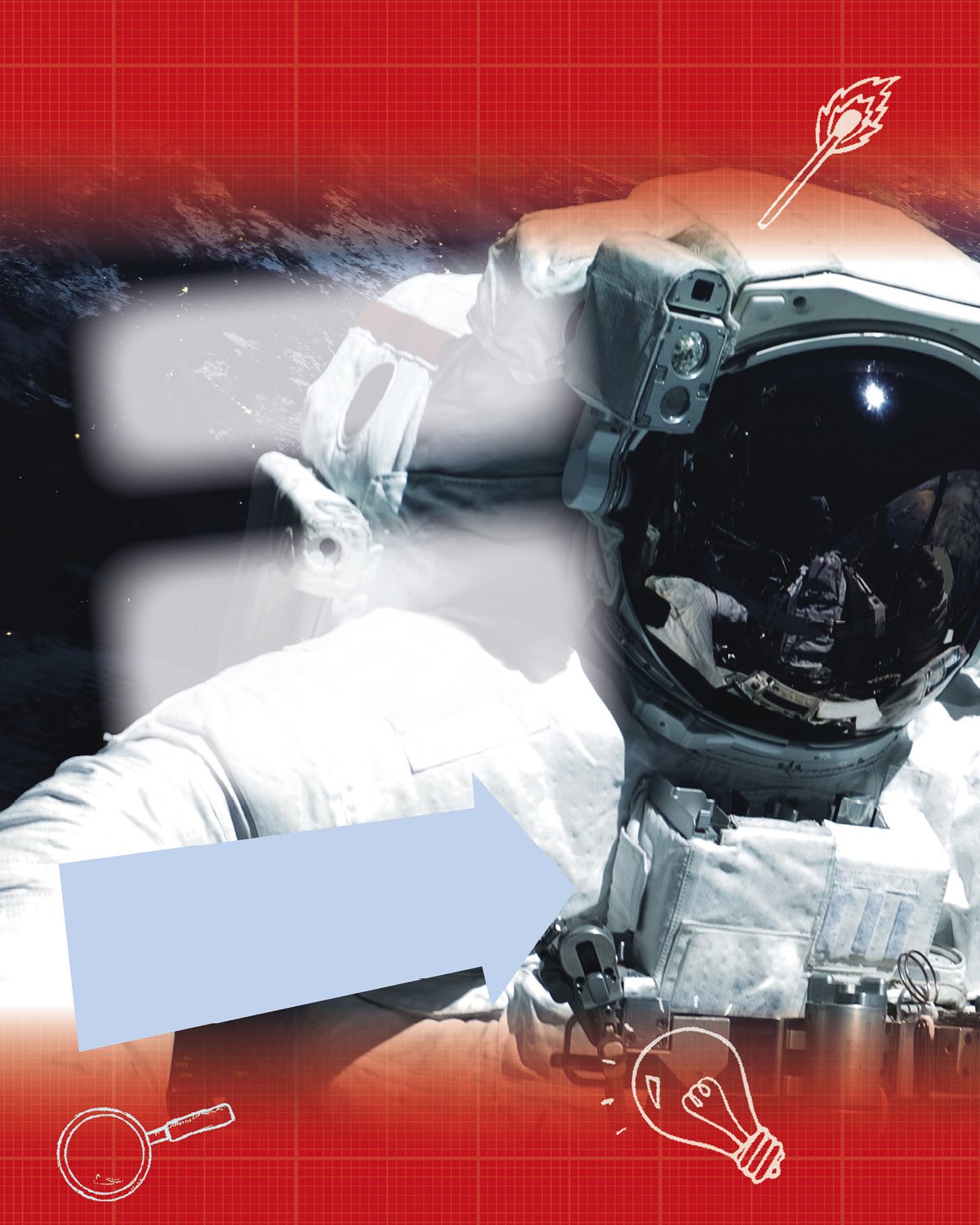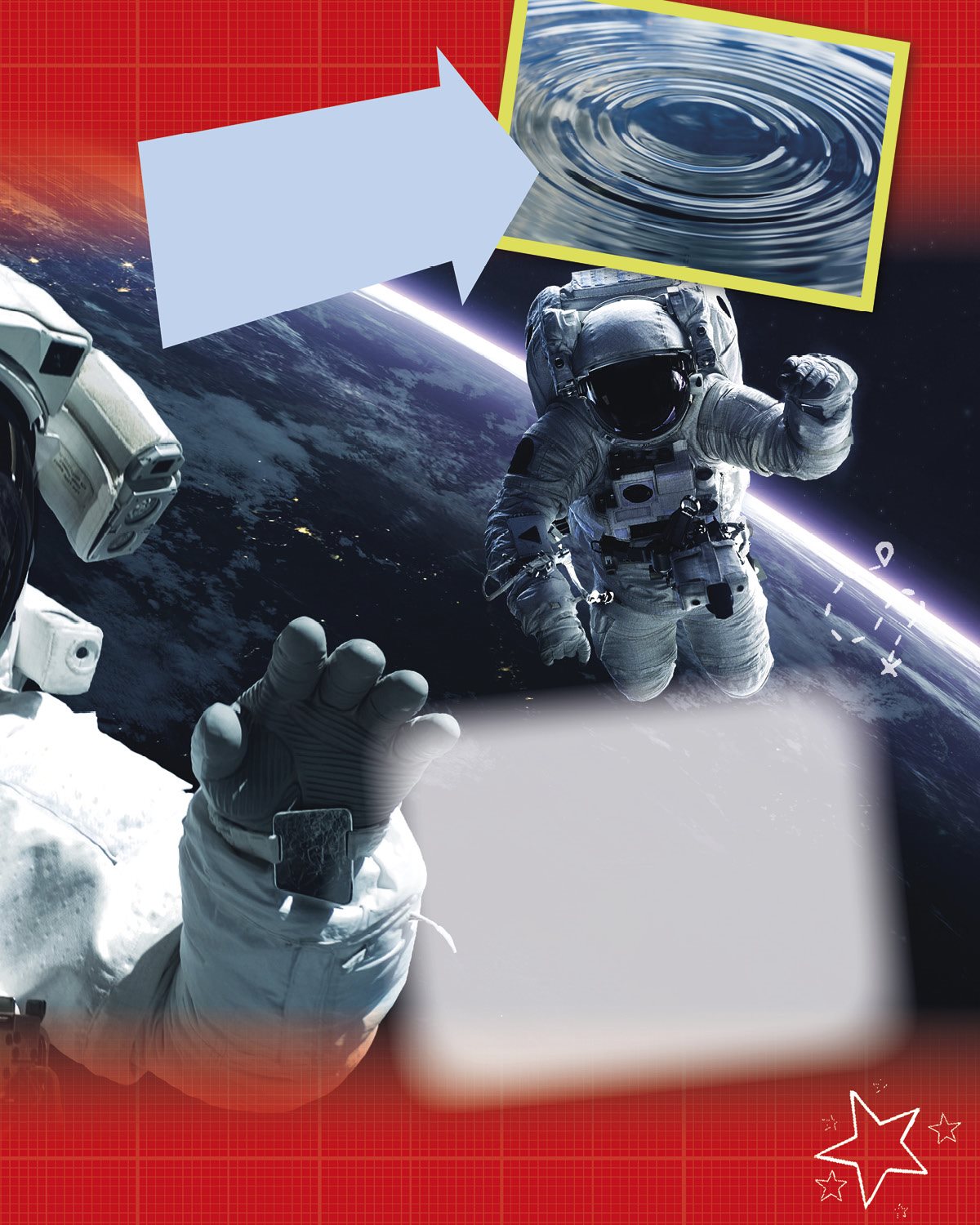Library and Archives Canada Cataloguing in Publication
Spilsbury, Richard, 1963-, author
Investigating sound / Richard Spilsbury.
(Investigating science challenges)
Includes index.
Issued in print and electronic formats.
ISBN 978-0-7787-4209-8 (hardcover).-- ISBN 978-0-7787-4380-4 (softcover).--
ISBN 978-1-4271-2013-7 (HTML)
Sound--Juvenile literature. Sound-waves--Juvenile literature.
Sound--Experiments--Juvenile literature. I. Title.
QC225.5.S695 2018 j534 C2017-907744-9
C2017-907745-7
Library of Congress Cataloging-in-Publication Data
Names: Spilsbury, Richard, 1963- author.
Title: Investigating sound / Richard Spilsbury.
Description: New York, New York : Crabtree Publishing, [2018] | Series: Investigating science challenges | Includes index.
Identifiers: LCCN 2017059671 (print) | LCCN 2017060342 (ebook) | ISBN 9781427120137 (Electronic HTML) | ISBN 9780778742098 (reinforced library binding) | ISBN 9780778743804 (pbk.)
Subjects: LCSH: Sound--Juvenile literature. | Sound-waves--Juvenile
literature. | Sound--Experiments--Juvenile literature.
Classification: LCC QC225.5 (ebook) | LCC QC225.5 .S66954 2018 (print) | DDC 534--dc23
LC record available at https://lccn.loc.gov/2017059671
Photo Credits:
t=Top, tr=Top Right, tl=Top Left
Inside: Shutterstock: Antoniodiaz: pp. 24-25; ASuruwataRi: pp. 14-15; Willyam Bradberry: pp. 8-9; Carlos Castilla: pp. 1, 26-27; Designua: p. 9t; Aleksandar Grozdanovski: p. 14c; Kurhan: p. 19; LuckyImages: pp. 22-23; Boris Medvedev: p. 14bl; Dudarev Mikhail: p. 7t; Monkey Business Images: p. 25b; Nahlik: p. 22b; Paulaphoto: p. 15r; Pretty Vectors: p. 18; Rawpixel.com: pp. 4-5; Vadim Sadovski: pp. 6-7; Keith Usher: p. 13b; Vvvita: p. 13t; Debby Wong: p. 5t.
Cover: Tudor Photography.
Author: Richard Spilsbury
Editors: Sarah Eason, Jennifer Sanderson, Petrice Custance, Reagan Miller
Proofreaders: Kris Hirschmann, Janine Deschenes
Indexer: Wendy Scavuzzo
Editorial director: Kathy Middleton
Design: Emma DeBanks
Cover design and additional artwork: Emma DeBanks
Photo research: Rachel Blount
Production coordinator and prepress technician: Tammy McGarr
Print coordinator: Katherine Berti
Consultant: David Hawksett
Produced for Crabtree Publishing Company by Calcium Creative
Published in Canada Crabtree Publishing Welland Ave. St. Catharines, Ontario L2M 5V6
Published in the United States Crabtree Publishing PMB 59051 Fifth Avenue, 59th Floor New York, New York 10118
Published in the United Kingdom Crabtree Publishing Maritime House Basin Road North, Hove BN41 1WR
Published in Australia Crabtree Publishing Charles Street Coburg North VIC, 3058
Copyright 2018 CRABTREE PUBLISHING COMPANY . All rights reserved. No part of this publication may be reproduced, stored in a retrieval system, or be transmitted in any form or by any means, electronic, mechanical, photocopying, recording, or otherwise, without the prior written permission of Crabtree Publishing Company.
Crabtree Publishing Company
www.crabtreebooks.com 1-800-387-7650
CONTENTS
We live in a world of sound. From the beeping of the alarm clock that wakes us up in the morning to the click of the light switch that we turn off at bedtime, sounds provide the backdrop to our whole lives. Sounds help us communicate , learn, understand the world around us, and stay safe. Sounds are important because they can tell us what is happening around us even when we cannot see what is making the sound.
Sound Energy
Sound is a form of energy . Energy is the power or ability to make things move, work, or happen. There are many forms of energy. For example, the Sun gives out light and heat energy, which helps us see and stay warm. Sound is a form of energy that you can hear with your ears.
A World of Sound
Sounds are all around us wherever we go. We hear sounds up close or in the distance.
Good Vibrations
Sound energy is made when objects vibrate . To vibrate means to move quickly back and forth with very short, repeated movements. An object vibrates when a force acts on it. A force is a push or a pull. When you pluck a guitar string, it vibrates and the vibrating string makes the air around it vibrate, too. The vibrating air carries the sounds to our ears so we can hear the guitar playing.
Investigate
Scientists observe the world around them and ask questions. They then plan and carry out investigations to find answers. In this book, you will carry out investigations to answer questions about sound. On pages and you can find investigation tips, check your work, and read suggestions for other investigations you can try.
When the drums vibrate after being struck with sticks, they produce the sound energy we hear.
Things that vibrate and make noises are called sources of sound. A dog barking, a bell ringing, and leaves rustling are all sources of sound. When you speak, touch your throat and you will be able to feel the vibrations of your vocal cords . These are also a source of sound.
Sound Waves
Energy is useful because it can be carried from one place to another. Sound energy travels in waves . Waves are regular patterns of motion. You cannot see sound waves, but they are all around you. They travel out from a source in all directions. Even though you might not be able to see the source of a sound, such as a dog barking, you can hear it when its sound waves reach you!
Sounds on the Move
In space, it is completely silent. This is because there is no air between the planets, stars, and other space objects. Without air, there is nothing to pass on vibrations, so sound waves cannot travel in space.



